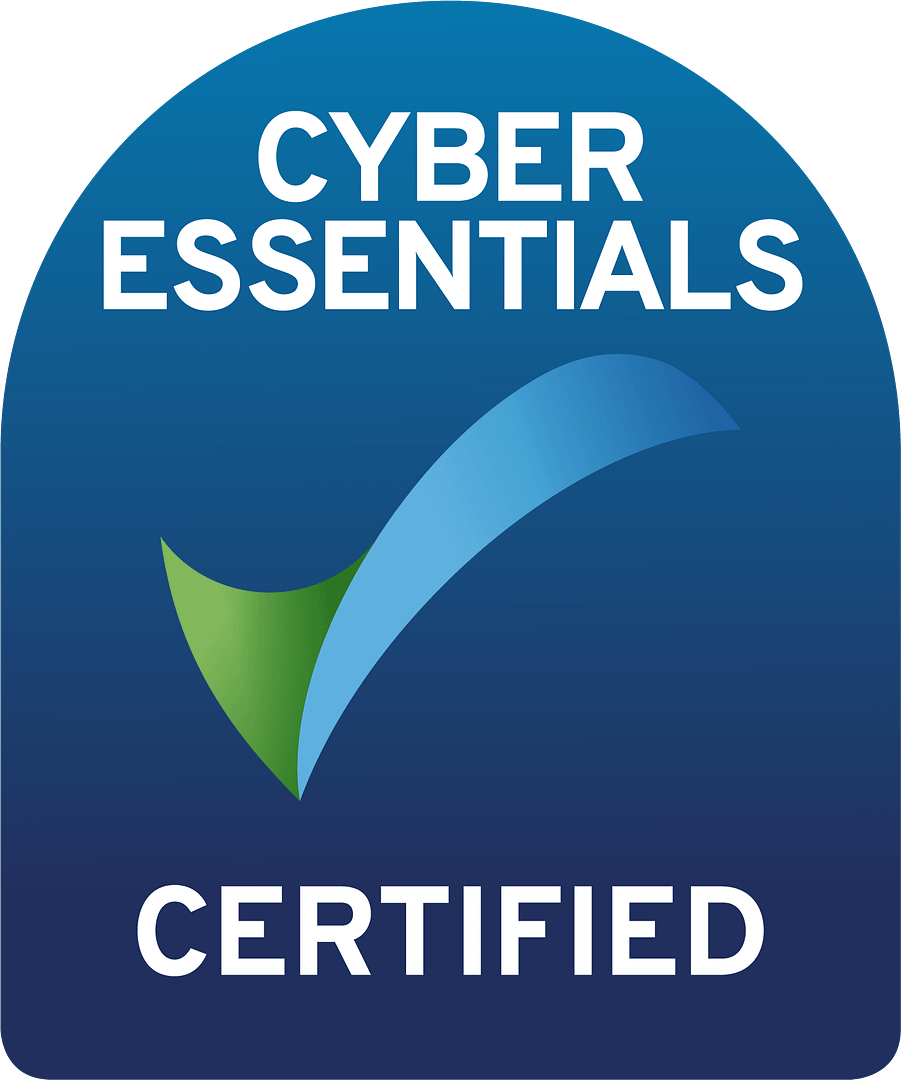When technology is everywhere and digital is everything, where does the role of IT begin and how do you position for success
The evolution of the workplace has always been inextricably linked to technology. From the printing press and telephones to industrial machines and personal computers, technological advancement has continually reshaped the way work gets done.
Coupled with an accelerated need to improve employee experience and productivity with a post-pandemic hybrid workforce, the rapid proliferation of workplace technology presents extraordinary opportunities for the people in charge of managing it.
Today’s CIO has the unending job of selecting, integrating, optimising and securing a near-constant stream of new data sources, equipment, software and services to move the organisation forward — a task that increasingly calls for applying a consumer-centric mindset to the workplace and partnering across the organisation to drive success.
Entering the era of automated and contextually aware IT
With the proliferation of smartphones, ubiquitous internet, ecommerce and big data analytics, technology has transformed the consumer experience to be highly personalised and incredibly convenient. Increasingly, employees expect to find those same intuitive, free-flowing user experiences in the technology they use at work.
It’s the job of IT to provide that workplace experience, and many companies have already made progress with tools like automated provisioning, self-serve portals and help desk chatbots.
The coming years will see IT take a more ambitious and customer-focused granular approach to optimising the end-user experience. Instead of reactive and impersonal ticket resolution, IT has taken on the role of essential business partner – serving internal employees as customers while gathering strategic insights and securing information assets.
The next step will be for IT to become even more proactive in its delivery. In the same way that today’s top digital marketers build immersive, technology-driven relationships with their clients, IT will need to understand and anticipate employees’ individual behaviours and preferences. Analytics, automation and artificial intelligence (AI) will lead the way in providing contextually aware services, not only predicting user needs and tendencies but also engaging them at the right time, in the right place and in the right manner.
Although there is no one-size-fits all model for the perfect IT organisation, a number of best practices have become common (although not yet ubiquitous) among sizeable enterprises looking to empower their employees through technology. These are the underpinnings of a modern, digitally enabled workplace, and they lay the foundation on which more compelling capabilities can be built over the next few years.
Device choice
Modern workers expect technology to be simple and streamlined, and one way progressive companies are meeting that demand is through bring your own device (BYOD) policies. Employees access work through the personal devices they know and love, and companies benefit by cutting their equipment costs. The challenge for IT comes in providing a high-quality, consistent and secure user experience across a huge assortment of employee-owned devices.
Modern device management (MDM)
Quite simply, modern device management makes BYOD work. It provides a single, cloud-first platform that enables IT to manage any device remotely and still maintain a secure and productive environment. A single pane of glass through which to monitor and control every endpoint makes life much easier for IT practitioners, reducing help desk calls and freeing up resources to focus on more strategic initiatives. Beyond BYOD, modern device management solutions provide integrated lifecycle management. From onboarding to retirement, insightful analytics, proactive
management and automated servicing create a frictionless and engaging digital workplace experience.
With a modernised workplace platform supported by a service-oriented IT culture, organisations have the tools and mindset they need to pursue loftier ambitions.
User analytics
In the digital era, the key to shifting workplace IT from reactive to predictive resides in your data. Data flows from every action we take, and a robust internal data analytics program enhanced by machine learning and AI algorithms can reveal valuable insights into which products and services employees use most, where they encounter bottlenecks and what personalized services would help them work more effectively. With real-time device performance insights, IT teams can perform faster root cause analysis and predict issues before they negatively impact business outcomes.
End-to-end automation
Automation — in its many forms — is an essential tool to enabling a future of intuitive, instantaneous workplace experiences through technology. By implementing robotic process automation and workflow automation you can minimise human intervention for many routine IT processes, such as employee onboarding or security patch updates, because companies can deliver services faster and redeploy valuable IT resources to more strategic work.
A host of exciting developments in the world of emerging technologies are on the cusp of mainstream workplace adoption. Over the next few years, leading companies will pounce on these opportunities to achieve a new level of employee empowerment and continue to challenge the idea of a typical day at the office.
Today, we ask Amazon Alexa or Siri from Apple to tell us the weather and play our favorite songs; tomorrow, we may instruct our workplace assistant to reschedule a meeting, make travel arrangements or order lunch for the team
The workplace will continue to mimic our consumer lifestyles in other ways, too. A relatively recent phenomenon, further fueled by the pandemic, is the “appification” of every service imaginable – from hailing a cab to depositing a cheque and shopping for groceries. Employees will come to expect this level of ease for routine tasks at work, such as filing an expense report or onboarding processes.
Any device, any time, every location
For workers in cities and suburbs, it’s easy to forget there are still large sections of the world where high-speed internet access and cmobile service are unreliable or nonexistent. But those coverage gaps increasingly will be filled in as providers roll out expanded 5G networks or offer service via satellite, as with SpaceX’s Starlink. The arrival of ubiquitous connectivity, coupled with the COVID-induced increase of work-from-home policies, could have significant impacts on the geographic distribution of the workforce as more employees choose to live in rural locations.
As workers become accustomed to internet everywhere, they’ll also expect employers to deliver truly device-agnostic capabilities. In the next stage in the evolution of BYOD, employees will want to find everything they need for work on any device at any time. Just as you can easily watch Netflix on a smart TV, laptop, phone or tablet, tomorrow’s workforce should be able to access critical applications and collaboration tools in the same effortless way. These capabilities will be largely driven by the continued growth of software-as-a-service and operating systems in the cloud.
Security-as-a-Service
While achieving universal access to everything will certainly be viewed as progress, it will also present new challenges for IT teams. Security will be a chief concern and, as such, IT will need to move away from the lost cause of securing every device and instead focus on securing the data itself.
More power to the people
A recurring cycle occurs with every emerging technology: it starts with the developers themselves, then gains traction among technophile early adopters and finally, when it’s made easy enough for non-technical users to understand and enjoy, it’s embraced by the masses.
Today, several such innovations are on the horizon that could make big waves in the workplace over the next few years. First is the concept of the citizen data scientist, which implies that advanced analytics is moving beyond the esoteric realm of expert statisticians and into the hands of non specialists. With more user-friendly software to guide them, previously untrained analysts can learn to spin up predictive and prescriptive algorithms that enhance business operations. As citizen data scientists become common, businesses are likely to make groundbreaking advancements in analytics.
Shift to hybrid models
The world of work has seen some dramatic changes over the past few months, but some things haven’t changed much at all. For example, most knowledge workers still carry out the majority of tasks using a keyboard, mouse and monitor. However, that longstanding method of computing may become obsolete, thanks to a combination of technologies that will grow more powerful as they mature and work in concert.
And instead of mousing, people will manipulate programs in three dimensions through voice and hand gestures using virtual reality (VR) and augmented reality. Early examples of these capabilities can be found in VR headsets like Microsoft HoloLens and the upcoming Apple Glasses, but as they advance, these tools will likely move beyond the novelty phase and into everyday work applications.
Office space evolves
After the massive shift to remote working that occurred in 2020, radical advancements in personal computing technology will continue to fortify that trend. The next decade could certainly see a significant change in how companies manage commercial real estate and provide technology services to employees. In addition to equipping and managing technology for an army of remote workers, IT teams may find themselves overseeing hybrid physical and digital work environments that can be instantly repurposed to accommodate various user profiles, with a focus on collaboration space and ideation.
Robots are everywhere
While most digital intelligence exists in the ether, there is also a bright future for physical robots. Already common in manufacturing, warehousing and other industrial environments, robotics will play an increasingly prevalent role in a wider range of enterprises.
Sci-fi flirts with reality
Whether it’s five years from now or 50, CIOs will eventually be confronted with workplace scenarios that seem almost laughable today. For example, over the last 10 years, privatised spaceflight has become a significant commercial enterprise, opening a near-limitless realm of possibilities for companies to expand their presence beyond earth’s atmosphere. In the future, IT teams may find themselves supporting company personnel in orbit or interfacing with a remote base station on another planet!
Build a workplace roadmap for today and tomorrow
If your IT team is still managing a huge inventory of company-owned devices, servicing legacy off-the-shelf applications or manually responding to every help desk request, it’s time to start planning some upgrades, including:
• Rethinking conventional, long-established approaches to IT by placing more strategic value on workplace technologies and treating employees as valuable internal customers.
• Conducting an inventory of currently available technologies (such as automation, AI, machine learning, analytics and internet of things) and ideate to determine where they can add greater value and a more personalised experience.
• Working toward automating repetitive, manual IT operations, freeing your IT organisation to become a true business partner who can drive exponential improvements in business productivity and enhanced employee and customer experiences.
• Investigate and invest in emerging collaboration technologies. Now that videoconferencing has been adopted worldwide, developers will continue to innovate on those platforms to offer more immersive experiences and practical tools that bring hybrid workers together
With so many near-term opportunities to enhance the constantly evolving workplace, CIOs will be challenged by the expanding scope of IT and the new responsibilities to come.
Take a fresh look at the parameters and potential of workplace technology as it applies to your organisation. Consult with other business leaders to understand how IT can best serve them in the near future, and how technology evolution could impact jobs (positively and negatively) throughout your company. Help train and upscale employees to support the needs of the future versus the manual repetitive tasks of today.
Establish a unified digital workplace services team. Lack of coordination and competing agendas across various sub-groups (such as developers, help desk and security) can confuse end users and dampen business performance. Assembling a unified workplace team and/or going a step further to invest in bringing workplace, infrastructure, applications and security together to create a true digital operations management capability creates shared goals for technology projects and promotes agility.
Expect the unexpected
Just as technology continues to evolve, so does our understanding of workplace dynamics. Most organisations have, if only recently, come to acknowledge that progress comes from all the diverse ideas, skills and experiences people possess – while technology provides the tools to heighten their abilities and unleash their full potential.
In the years ahead, we’ll see the working relationship between human and machine become ever-more natural and intertwined. Every CIO carries the responsibility to nurture those relationships to the benefit of employees and the organisation as a whole. By thinking proactively, staying abreast of new developments and exploring opportunities for improvement, CIOs can maximise the impact of technology on their company’s long-term success.
While it’s prudent to plot a course to the future, keeping an open mind and maintaining flexibility must be tenets of any technology strategy. Because, if we’ve learned anything from the past, it’s that disruption is always around the corner. As today’s technologies build on one another exponentially, we can only imagine what profound advancements might transform the workplace yet again.
At Assembly we drive outcomes that keep our clients a step ahead in this digitally dynamic world. Headquartered in London, our worldwide team works with you to address today’s challenges, and tomorrow’s – whether it’s to help jump-start your cloud migration, reinvent the customer experience, streamline business processes or upgrade aging infrastructure.
Talk to one of our team today to learn more about our capabilities; how we’re bringing people, business and technology together; and what this means for you.






